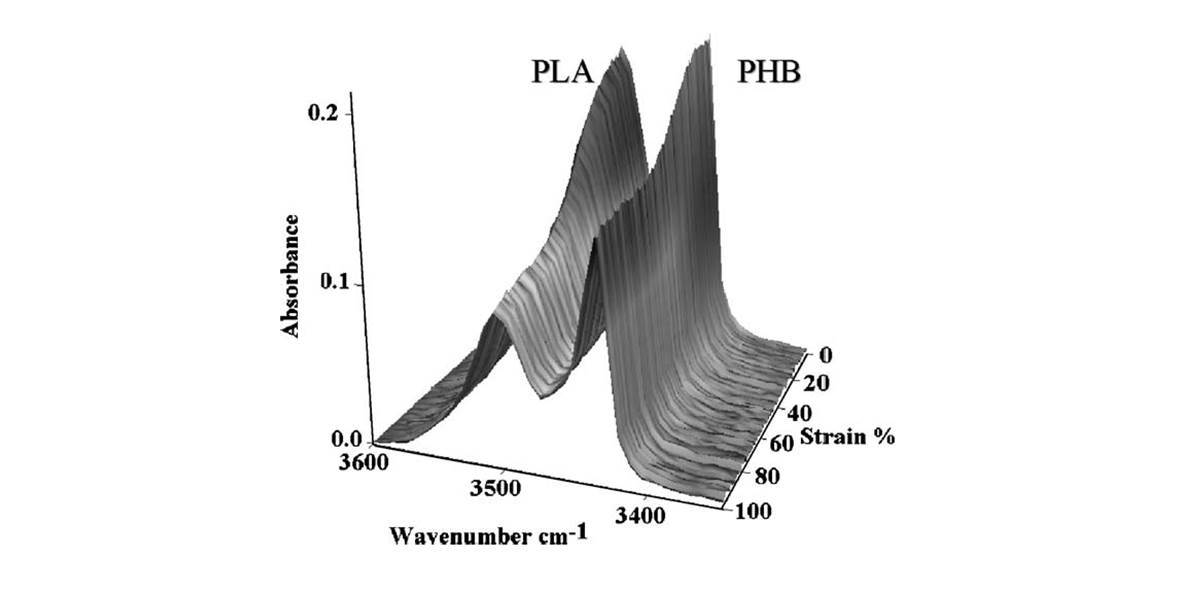An Experimental Study on the "Sequential Order" Rules in Generalized Two-Dimensional Correlation Spectroscopy
Citation
He Huang*, Peiyi Wu, Christian Vogel, and Heinz W. Siesler. An Experimental Study on the "Sequential Order" Rules in Generalized Two-Dimensional Correlation Spectroscopy. Vib. Spectrosc. 2009, 51, 263-269.
Abstract
Following our theoretical analysis on the “sequential order” rules in generalized two-dimensional (2D) correlation spectroscopy (H. Huang, Anal. Chem. 79 (2007) 8281–8292), an experimental study was conducted to test the “sequential order” rules using the FT-NIR data of poly(3-hydroxybutyrate) (PHB)/poly(l-lactic acid) (PLA) blends under uniaxial elongation and parallel polarization. The local sequential order concept proposed for the generalized two-dimensional (2D) correlation spectroscopy is now more clearly stated; “the intensity change at ν1 occurs predominantly before ν2” means that the starting time of the intensity change at ν1 is prior to that at ν2. It is this localsequential order which reflects the real and intuitive sequential order between two events in generalized situations. It has been found that the integrated/overall sequential order results obtained from the 2D correlation analysis may be contradictory to the intuitive local sequential order. In addition, different integrated/overall sequential orders could be obtained by selection of different sampling intervals from a certain set of experimental data, or choosing different number of the contours for the same sampling interval. These new experimental findings are a perfect reinforcement to our previous theoretical study and have further demonstrated the uncertainty of applying the “sequential order” rules in generalized 2D correlation spectroscopy.

